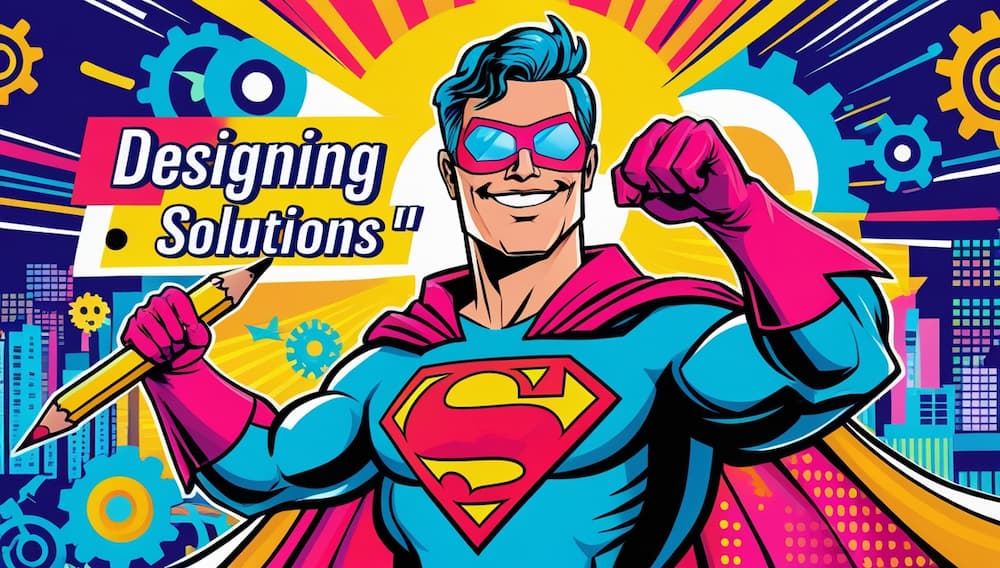
TL;DR
- Designers are creative problem solvers. They merge multiple Superpowers to bring ideas to reality!
- We use empathy, sketching, and “what if?” questions to challenge the status quo and bring innovative solutions.
- Communication and collaboration are essential: you’ll need to defend your ideas as not everyone will be supportive by default.
- Innovation can feel risky, but standing still is even riskier (just ask Kodak or Blackberry!).
- Great designers learn from mistakes and keep growing. That’s part of the job.
- We design with emotion and inclusivity to respond to overlooked needs.
- The unknown is your creative playground. So keep sketching and trust the process!
- TL;DR
- A. Problem Solving: The Most Important Skill Every Designer Must Master
- B. POWER 1. EMPATHY: Stepping Into the User’s Shoes
- C. POWER 2. CREATIVE THINKING: Ask Silly Questions (What If?)!
- D. POWER 3. COLLABORATION: Teamwork Makes the Dream Work
- E. POWER 4. COMMUNICATION: Defend and Share Your Ideas
- F. POWER 5. ITERATION: Embrace Mistakes & Keep Improving
- G. POWER 6. ADAPTABILITY: Stay Curious, Keep Learning, Ask for Help
- H. POWER 7. INCLUSIVITY: Emotional Connection & Storytelling
- I. The Adventure Continues: Keep Sketching, Keep Solving!
A. Problem Solving: The Most Important Skill Every Designer Must Master
Hello Design Sketchers! It’s Chou-Tac,
We are in a period when we wonder if AI will replace humankind, today, I just came across a short video of Dr. Lisa Su, CEO of AMD, where she talked about the timeless importance of learning how to solve problems.
Dr Lisa Su: “You’re all education is about leaning to think, learning to problem solve.”
As a designer, we couldn’t agree more!
Building this problem-solving ability gives us the confidence to dream big, take bold risks, and actually achieve those “impossible” goals. No matter what field we’re in, being a problem solver is what empowers us to shape our own future and make a real impact.
Being a designer isn’t just about making things look pretty.
I know, when some people hear “designer,” they picture celebrities, red carpets, and a glamorous lifestyle! But in reality, designers are busy behind the scenes, focused on making things work better for everyone (They are like anonymous heroes!).
It’s a hands-on job where you wear a lot of hats and draw from a whole toolbox of skills:
- visual communication,
- creativity,
- leadership,
- and problem-solving attitudes.
Let’s break it down:
B. POWER 1. EMPATHY: Stepping Into the User’s Shoes

If Designers have a superpower, that would be empathy.
We dive deep into the world of our users:
- Who are they?
- What challenges do they face?
- What do they truly dream about?
I would love to tell you that designer’s number one superpower is sketching.
But actually, that comes second! If empathy were Batman, then sketching would be Robin.
Sketching is our trusty sidekick. It helps us bring those empathetic insights to life and communicate visually our ideas. But without empathy, our drawings would just be nice pictures, not meaningful designs that connect with real people.
I stumbled into a great demo of ‘Design with a Human touch’ here: That’s the Stuck Design Studio video on their homepage. I invite you to have a look! Design is so beautiful when you tell yourself: “That makes so much sense!”
B.1 Unlock Your True Designer Potential
If you want to unlock your true designer potential, love people and see the world through their eyes. That’s where the magic begins! Sometimes, that means designing for a specific group or an overlooked need.
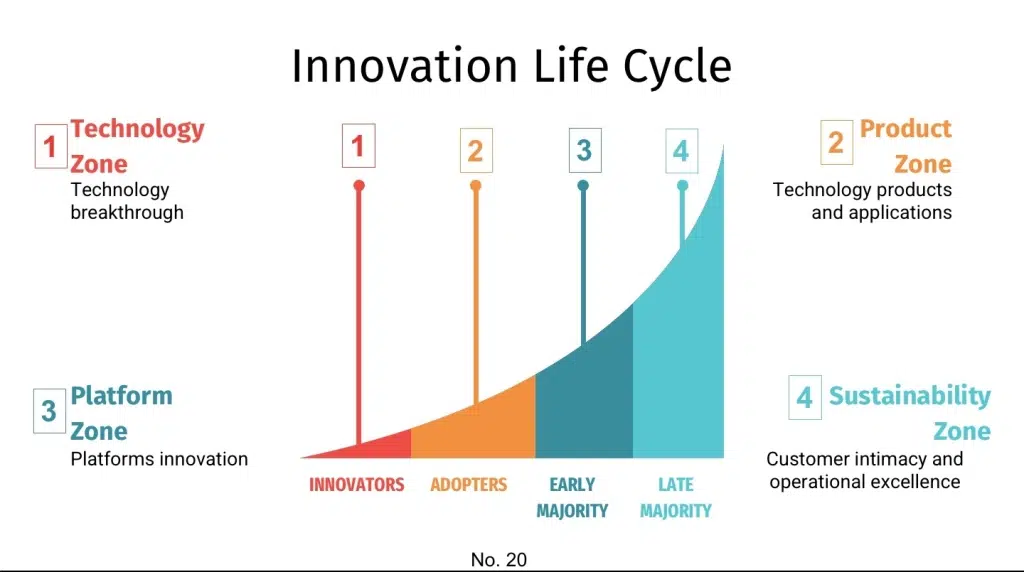
Eventually, some innovation will diffuse to other niches, then to wider groups, and to the world!
There are tons of products that were created for a niche with a specific need, then widespread to the world!
B.2 Examples of niche products that expanded to the world
- Internet was first made for Military
- Computers were first for professionals and a small groups of “Geeks”!
- iPod was first thought for music fans
- The refrigerator was first created for scientific purpose, not for the kitchen!
- The air conditioning was first created not for the comfort of home, but for printing plants.
- Blenders were first made for a professional’s making cocktails, now sit next to your microwave or oven.
- The SONY Walkman started as a confidential use, is then at the origins of portable music!
Who knows? Your product design may echo to other people, evolve to become mainstream and reshape society.
B.3 Design for People you Never Met
But here’s the catch: often, you’ll be designing for users you’ve never met.
That’s why it’s so important to go beyond clichés and assumptions.
Below, I found this great summary about empathy, and I especially love how it highlights: “Appreciate them as human beings.”
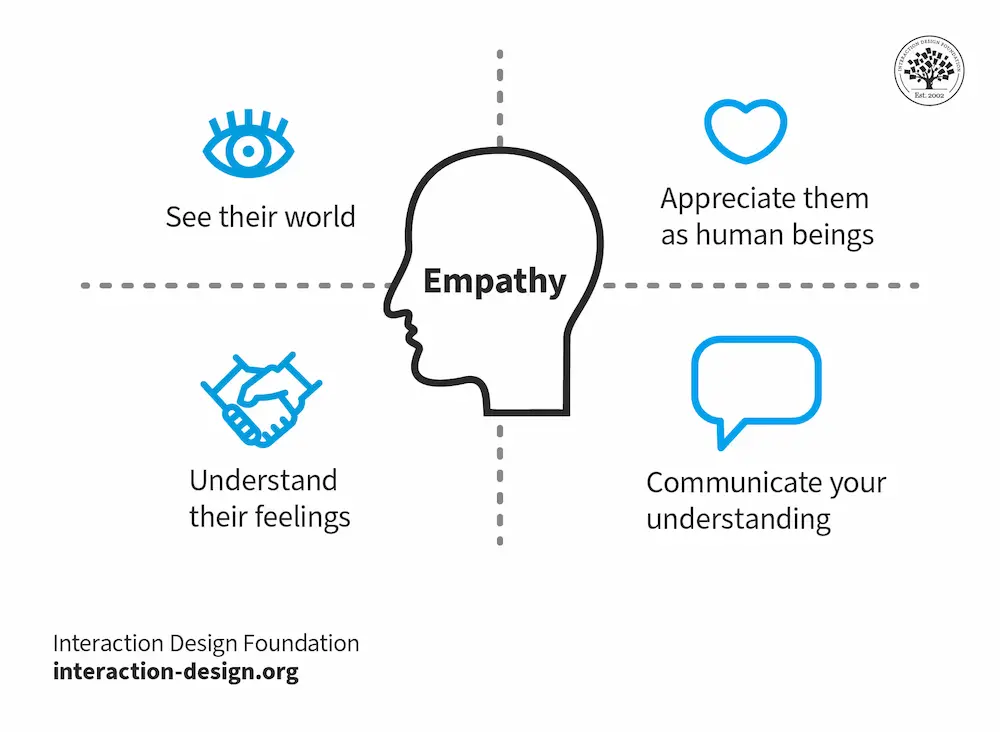
If you’re working on a project in design school and have the opportunity to connect with your actual users, I really encourage you to take it. No matter how creative your ideas are in the classroom, it’s hard to truly understand someone’s daily experiences just by imagining them. It’s about understanding:
- their values,
- frustrations,
- and aspirations,
- not just what you think they need.
Example
For example, (something pretty personal) when I became my dad’s caregiver,
I saw firsthand how quickly aging can turn the simplest daily actions into real challenges. Things I never thought twice about: opening a bottle, tearing open a bag of chips, standing up from bed, using his iPad, unlocking the door, or even tying his shoes. He kept smiling through it all, but even ordinary things became difficult.
He was 81 years old, and suddenly the list of little struggles felt endless. And honestly, if we don’t pay close attention, we might never realize half of what people face every day.
And here’s the cherry on the cake: if the needs of older people are so often overlooked, just imagine the caregivers. Behind the scenes, caregivers juggle countless responsibilities, often feeling exhausted, sometime stressed, and invisible themselves.
It’s a reminder that true empathy in design means looking beyond the obvious and caring for everyone touched by your product, not just the main user, but the whole support network around them. Remember to sometime adopt a bird’s view on your project.
B.4 Being a great designer isn’t about being the best “Blind Guesser.”
It’s not a competition to see who can imagine the most about users from the classroom or a studio. True design starts when you step out of the guessing game and connect with real people, their stories, and their needs. As designers, our job is to listen, observe, and understand-because the most meaningful solutions come from empathy and real-life insight, not just intuition or assumptions.
For instance, it’s difficult to grasp what life is really like for a blind person. Even if you try closing your eyes and walking around, it’s not quite the same as living with that experience every day. Reaching out, listening, and learning directly from your users will give you insights and empathy that no amount of guesswork can replace. 🙂
C. POWER 2. CREATIVE THINKING: Ask Silly Questions (What If?)!

Designers are curious by nature. We love to ask, “What if…?”
What if a drill didn’t make noise? What if a blender was safe for kids to use?
These wild questions spark innovation! I mean, who would know one day we could “drive a car without driving”?
C.1 Be silly! Find silly ideas!
Don’t be afraid to challenge the status quo or propose ideas that sound a crazy at first. That’s where breakthroughs happen. Every new innovation looked silly at start.
To become a great designer, Ask silly questions!
Example from Biomimicry
Sily question: What if we could drink without drinking?
That’s a silly question! But that may pop ideas about alternative ways to hydrate Athletes like the Devil Lizard of Australia who absorb water from its feet! The water going through his skin.
Imitating nature is an infinite source of inspiration called Biomimicry.
Examples:
- Velcro Inspired by: Burrs from the burdock plant
- Shinkansen Bullet Train (Japan) Inspired by: Kingfisher bird’s beak
- Gecko-Inspired Adhesives Inspired by: Gecko feet
- Lotus Leaf-Inspired Water-Repellent Surfaces Inspired by: Lotus leaf
- Swimming suit for Olympic Athletes Inspired by: Shark skin
You can find more examples here, it’s fascinating: 24 Biomimicry Examples Inspired by Nature’s Genius
C.2 Train your Creativity Like a Muscle
If you practice asking silly questions often with “What if”, you muscle up your Creative brain!
The day you’ll need ideas; your brain may connect to that crazy idea! Who knows you may then come with a diruptive innovation in a Flash second!
Note: Have you ever noticed how rappers are always practicing different rhymes? It’s not just for show-when it’s time for a rap battle or an improv session, their ideas flow effortlessly because they’ve trained for it.
It’s the same with creativity in design.
People who seem to come up with ideas quickly aren’t just “naturally gifted”-they’ve spent time building up their creative fluency through regular practice. The more you train your creative muscles, the easier it becomes to generate fresh ideas when you need them most!
D. POWER 3. COLLABORATION: Teamwork Makes the Dream Work
No designer is an island!
We work closely with engineers, marketers, logistics, and even the folks in accounting. Each department has its own challenges and goals. Our job is to listen, understand, and find common ground. So, everyone knows we are all navigating on the same boat.
D.1 System Thinking: It’s Not Only About your Product
When I worked in the fashion footwear industry, time was money.
Getting our shoes on the shelves before the competition was everything. But from the moment you start a shoe design to the day it finally lands in stores; there are literally hundreds of steps along the way: colors, materials, sample, quality check, pricing, marketing, buying, store windows… so many steps to get approved!
As a designer, I wasn’t just excited to see our shoe collections come out of the sample room. I felt real satisfaction when the shoes actually arrived in stores on time and with the quality we wanted. So, we could see customers wear them in the streets.
“What is the point to cook a marvellous dish if it lands cold for the guest?”
Even though I am introvert, I made it a point to meet with every department, one by one, to understand their challenges and spot where we could trim delays or reallocate time. Sometimes, just a small change here or there meant we could launch months earlier!
It was no easy, but I did my best!
D.2 Find Support
The goal made so much sense that I found support from the whole team, and especially from my boss, who was already actively working on these improvements. You don’t have to be a solitary cow-boy. Find the right support to help you.
By listening, collaborating, and sometimes thinking outside the box, we were able to unlock solutions together. You don’t have to be an expert in every area, but as a designer, your ability to connect, empathize, and facilitate can make all the difference in bringing great products to life, and delivered on time!
D.3 Let me give you a practical example
The shop carried hundreds of different shoes, each made from an even wider variety of materials: zebra stripes, leopard prints, embossed textures, patent leather, canvas-all in countless colors and combinations.
What if, instead, we narrowed down the variety of materials and built small collections of shoes with bags that all share the same materials?
By streamlining our material choices, not only could we strengthen our shop’s identity, but we’d also save valuable development and sourcing time. This approach helps reduce complexity, speeds up production, and makes it easier to manage inventory and supplier relationships.
Sometimes, just asking a simple “what if?” like this can unlock major efficiencies for the whole team!
Remember: Designers aren’t just creators. We’re leaders.
We inspire teams, drive change, and help shape culture. But real leadership also means being humble, asking for help, and working together to build the best solution.
Finding those win-win situations where everyone benefits and work all towards a great product is one of the most satisfying parts of the job!
E. POWER 4. COMMUNICATION: Defend and Share Your Ideas
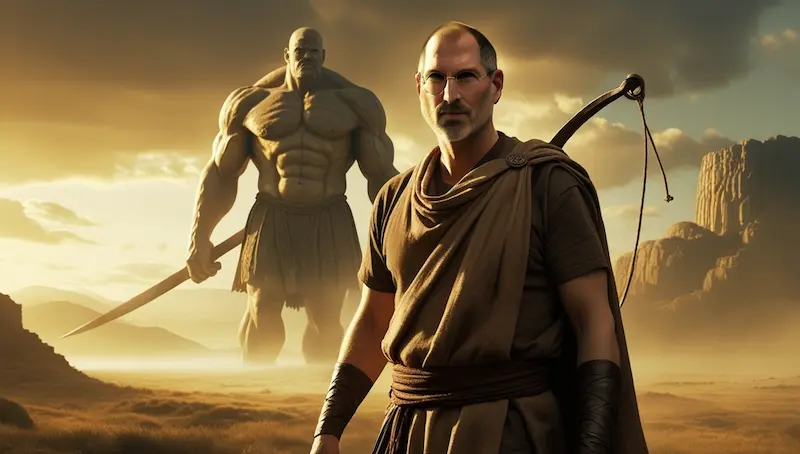
Having a great idea is just the start.
You need to explain it, defend it, and sometimes even fight for it!
This means telling the story behind your design, showing your sketches, and answering tough questions from people who might not “get it” right away. Be patient, be clear, and enthusiastic!
Here’s how to make your voice heard:
- Tell the Story: Show the problem you’re solving and why your idea matters.
- Use Evidence: Back up your decisions with user research, data, and especially real-world examples.
- Be Visual: Sketches and prototypes make your ideas come alive.
- Listen & Adapt: Feedback isn’t the enemy-it’s how we grow!
- Stay Empathetic: Understand where others are coming from.
E.1 The “Best Mistake” I Did
When I was a student,
I once made the mistake to assume that numbers, statistic would matter first to the jury. I tried to step up, thinking that’s how big design corporation would do! Ha ha!
During a rehearsal for my project presentation, I shyly mentioned, “Maybe it’s just a detail but, my users act like this and “Blablabla”. My teacher told me with care: “That’s not a detail. That’s exactly what the jury wants to hear about: People’s behavior.”
Eureka! I was right back on the right tracks!
I went to the wrong direction trying to look “pro”! That was my “best mistake” I learned from.
And I am so proud I did.
Yes, numbers matter. But a sociologic approach comes first. Ok?
Don’t fall into the trap of thinking “bigger” is always better.
Even though you may dream of joining a big design company, stay yourself and genuine.
Between “David and Goliath”, as a designer, you always want to be David.
E.2 Innovation is not the Risk. Stagnating is.
Large companies often rely on statistics and familiar success metrics to reassure themselves and investors but sticking only to what already works isn’t always the best path to innovation.
Not everyone loves change.
Some teams (marketing, management, logistics, engineering…) might want to play it safe. But if you don’t move forward, the company actually fall behind. Just ask:
- Kodak (who invented digital cameras but clung to film)
- or Blockbuster facing Netflix with video on demand
- or Nike Fuelband’s failure that tracked athletes’ performance but stopped developing it while competitors kept pushing for it
- or Blackberry (who laughed at the iPhone’s touchscreen),
- or Steve Balmer (IBM) predicted iPhone would fail too. Ouch!
So, keep asking “What if?” and keep betting on the future. That’s how you-and your company-stay ahead.
Once, Apple was David during Steve Jobs’ Era.
Since they became Goliath with Tim Cook, I don’t feel they succeed to disrupt like before. What do you think?
E.3 Storytelling isn’t just for marketing.
Real insights come from talking to real people and paying attention to their unique stories and habits. Emotional connection happens when you design for real humans, not just for “users” on a spreadsheet.
TIP: When you do research, come up with as many stories as possible.
Our chief department loved to say: “Show me crunchy details!” about our users!
It’s a powerful design tool that helps you anchor your decisions in real experiences, making your work more meaningful and memorable.
E.4 Communicate visually
Communicate your ideas visually is the most forward way to convince.
Avoid Power points with endless bullet points nobody can read from far.
Bring pictures, sketches and keywords!
Edward Eyth told me that if a designer could create a presentation board so clear he doesn’t need to add any explanation verbally, you win. Defending your ideas with clarity, empathy, and confidence is just as important as the idea itself.
Discover why communicating your ideas visually is a must for designers in this interview with Edward Eyth.
F. POWER 5. ITERATION: Embrace Mistakes & Keep Improving
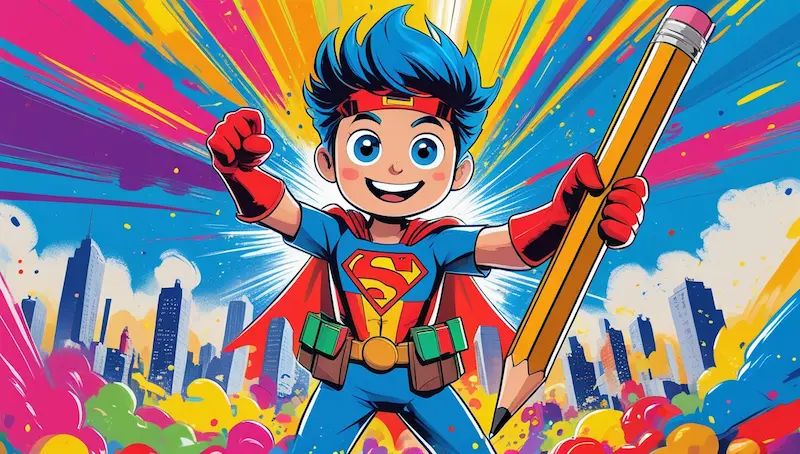
Design is never a straight line.
We sketch, prototype, test, and tweak-again and again. Mistakes aren’t failures; they’re clues!
Each round of feedback brings us closer to a solution that truly works. It’s all about progress, not perfection.
If you’re working on an innovative product, something that’s never existed before, it’s totally normal to stumble during research. There’s no map for uncharted territory!
F.1 How Twin Babies Solved Problems
Have you ever watched the video of the twin babies encounter a tape barrier? It’s fascinating!
At first, they might crawl right up to it and pause, poking or tugging at the tape, maybe even trying to crawl over or around it. Some babies will bang their toy against the tape, others will try to peel it up, and a few might just sit and ponder their next move.
F.2 We are all born mini-heroes!
Even before they can talk, babies are natural problem solvers.
They experiment, observe, and use creativity to figure things out. We are all born mini-heroes!
They don’t just give up when they hit an obstacle. They try, fail, and try again, testing different ways to overcome the barrier. Sometimes, they even invent a brand-new solution you’d never expect!
And here’s the key lesson:
We have to rely on our own curiosity, creativity, and determination to break through barriers and solve problems with resilience.
So next time you’re stuck on a design challenge, channel your inner baby.
Get curious, get hands-on, and don’t be afraid to try (and fail) a few times. That’s ok!
F.3 Failing is Not about Ego
Failing isn’t about ego, and it doesn’t mean you’re not good enough.
In fact, no one is a genius who gets it right on the first try. The real magic happens when you stay humble, keep experimenting, and learn from every attempt.
James Dyson created 5,127 prototypes before successfully inventing his first bagless vacuum cleaner. It took him about five years of relentless prototyping and learning from each failure before the breakthrough model was ready for market
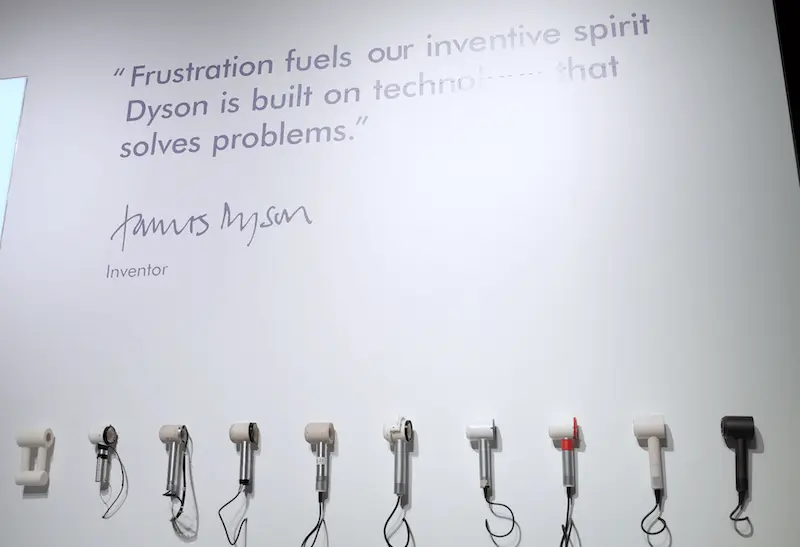
So, embrace the iteration mindset: get out of your comfort zone, play, and let each “oops” teach you something new. That’s how you grow as a designer-and how the best ideas are born.
Want to improve your sketching by embracing mistakes? Learn about the Iteration Mindset here.
G. POWER 6. ADAPTABILITY: Stay Curious, Keep Learning, Ask for Help
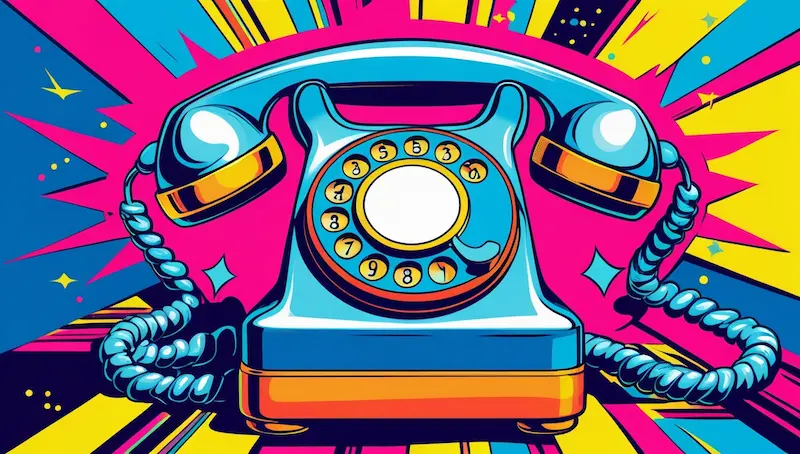
The world of design is always changing-new tools, new materials, new trends.
Great designers stay flexible and open-minded. If you don’t know something, just ask! It’s all about learning as you go and being ready to pivot when needed.
You can refer to sociologist, doctors all kinds of experts.
Ask for their advice, tell them your mission and you would be surprised many may be willing to help you!
Looking to level up your sketching skills? Try these 24 tips to boost your industrial design sketches.
H. POWER 7. INCLUSIVITY: Emotional Connection & Storytelling
Design isn’t just about function-it’s about feeling!
The best products connect with people’s emotions, tell a story, and make everyday life a little brighter. That’s the magic that turns a good design into a truly great one.
Let me share a little story: My old dad always loved writing postcards.
One day, I brought some home so he could send a card to our hometown in Troyes, France. Suddenly, the postcard disappeared. I found it days later, without stamps, sitting in the lobby where we usually receive packages from Lazada (think Amazon). My dad had assumed the letter would be sent automatically if he just dropped it there.
Designers can’t really read people’s mind and can’t understand them just by looking at science and medical reports. You have to spend time with them, observe, or collect real-life stories.
By designing for inclusivity, you can reach people who have often overlooked needs.
I. The Adventure Continues: Keep Sketching, Keep Solving!
So, what’s the takeaway?
Designers solve problems like superheroes by:
- leading with empathy,
- using creative tools,
- embracing iteration,
- thinking outside the box,
- collaborating with others,
- we’re comfortable diving into new projects, even when we have no idea how they’ll turn out!
Why? Because we’ve strengthened our “creativity muscles“ to come up with innovative and relevant ideas for our users! That’s how we find solutions, defend our ideas, and help shape the future.
What about you?
What’s a problem you’ve solved through sketching, or a wild idea you turned into reality?
Share your story in the comments or join our community on Facebook. Let’s keep inspiring each other!
Thank you for reading.
As always, keep sketching, keep dreaming, and keep making the world a better place, one idea at a time!
Take care,
Chou-Tac
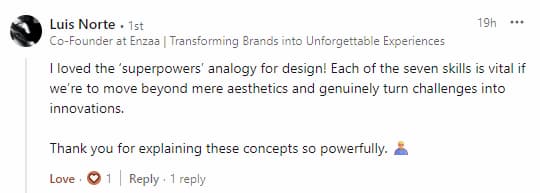
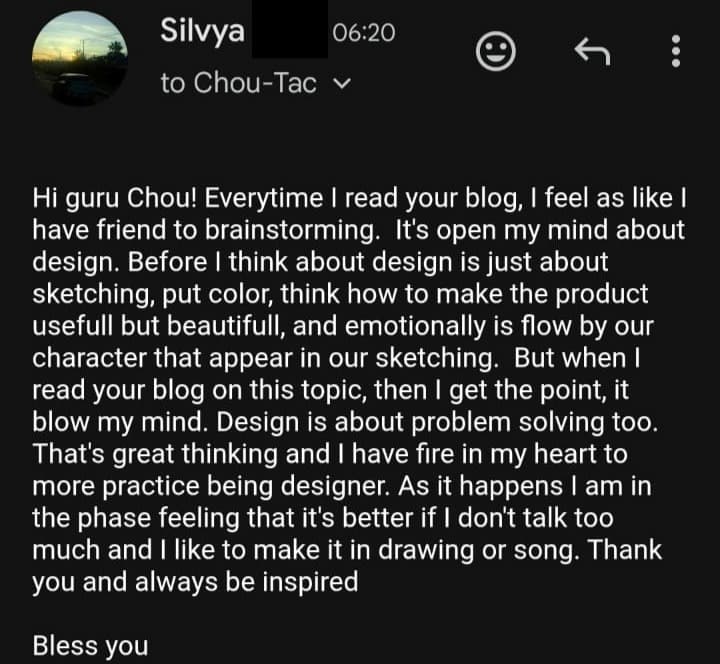
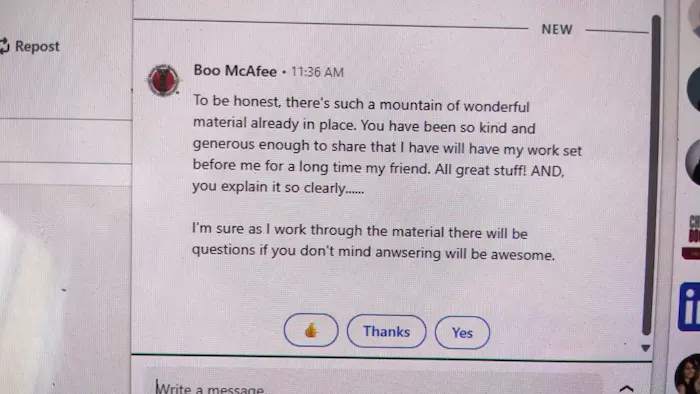

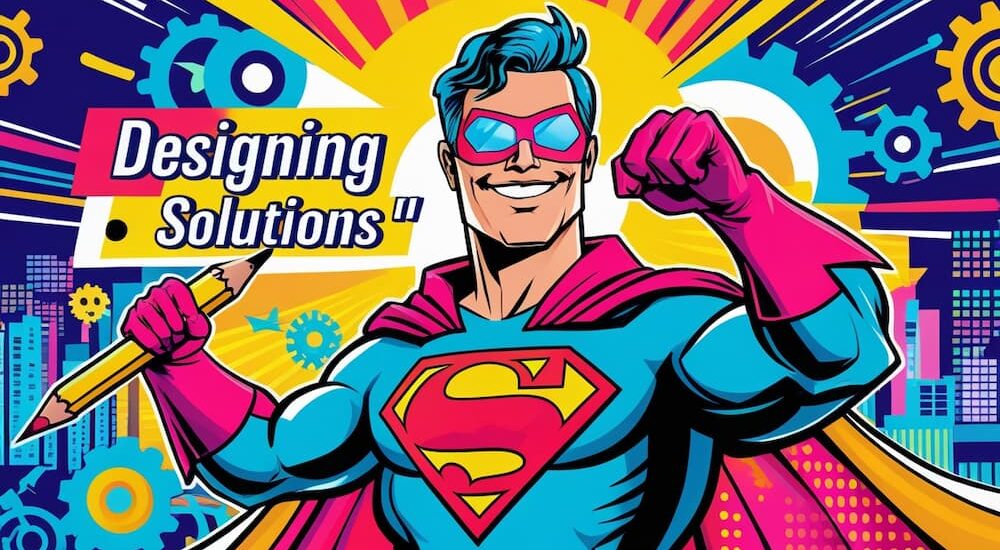
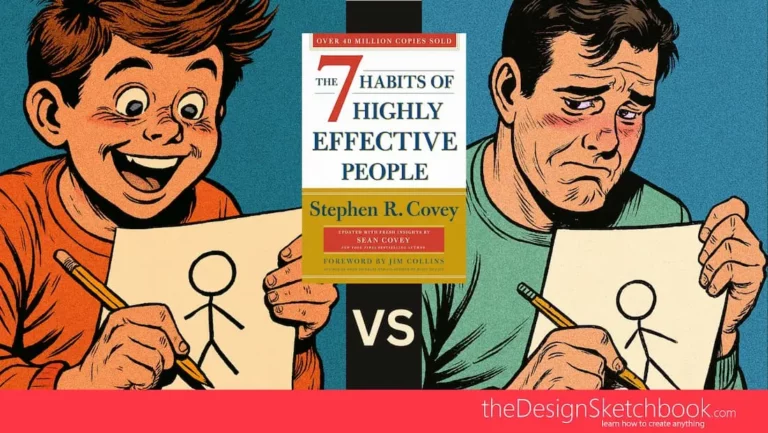
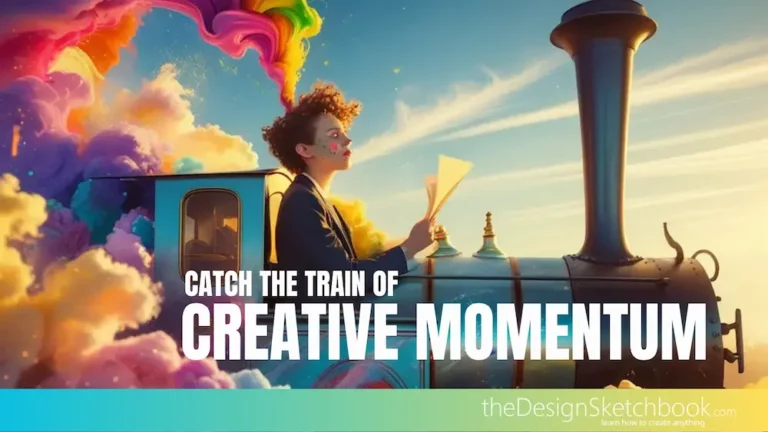
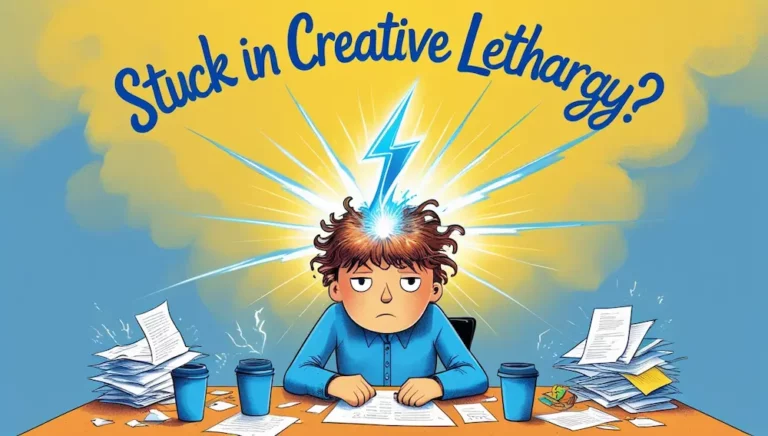
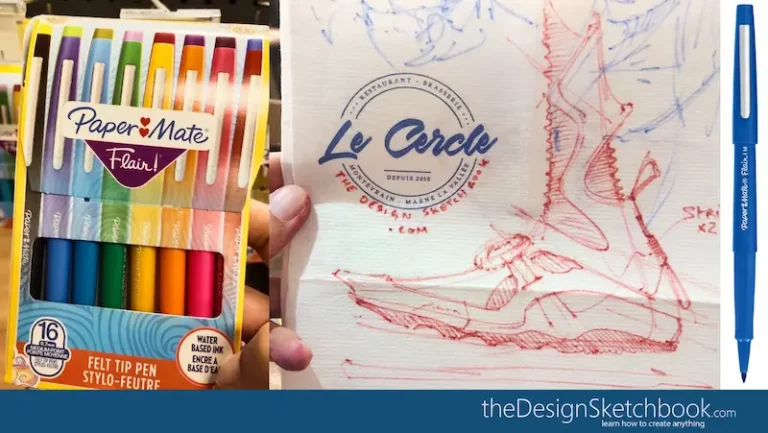

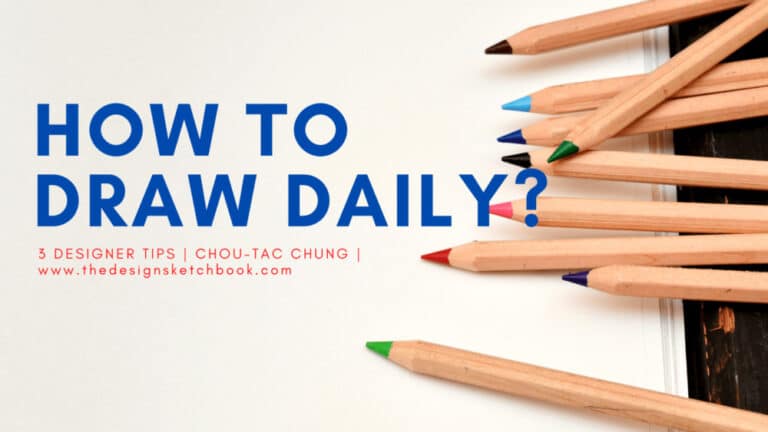
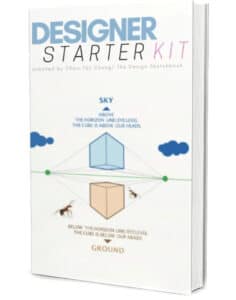

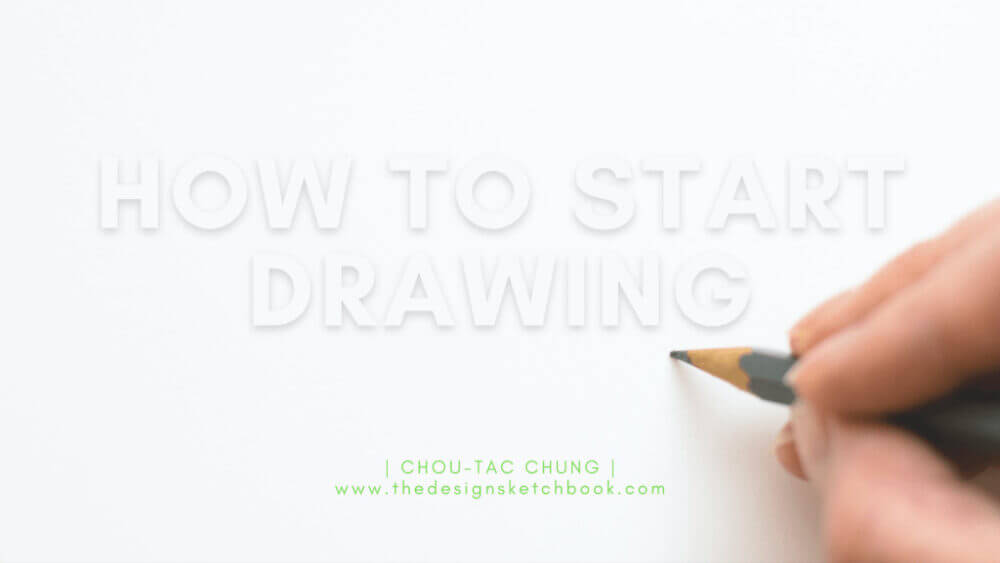

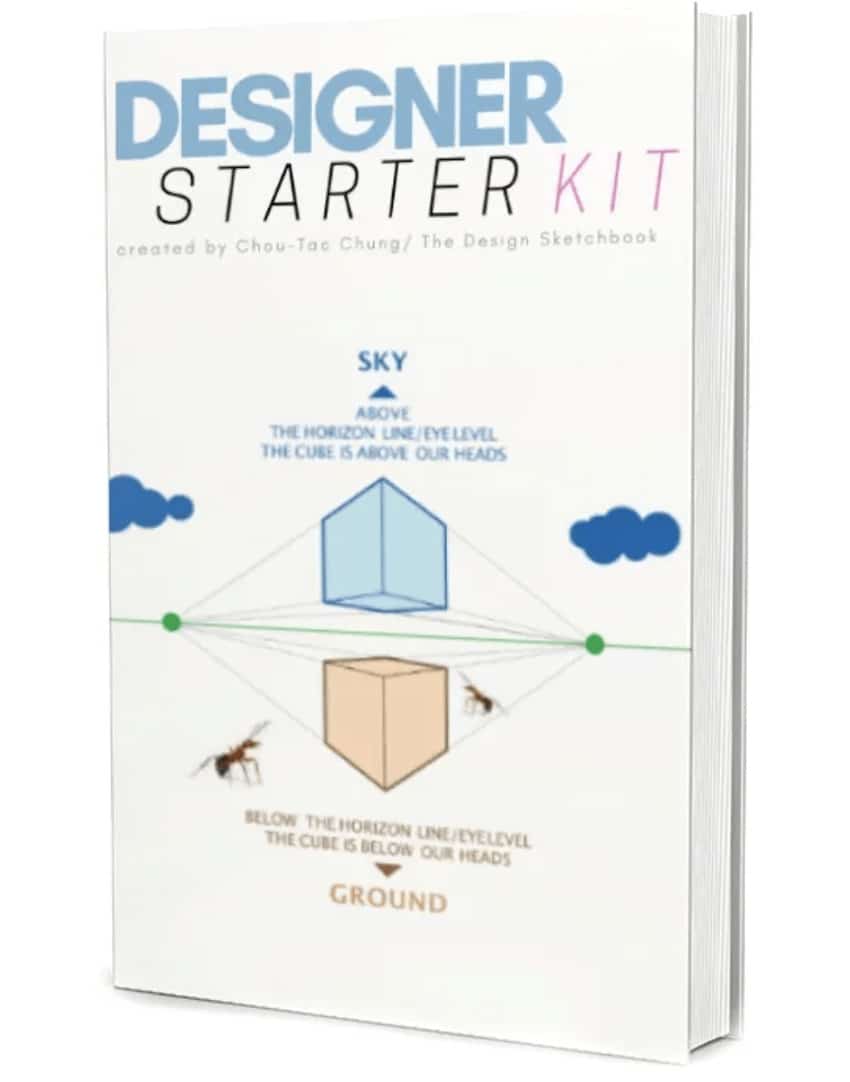


[…] If you want real change, you must start from within and be ready to press the button “RESET”. Instead of dwelling of a virtual lack of talent; redirect your focus and energy at cultivating new skills and realise soon you had hidden superpower! […]
[…] successful product doesn’t have to please everyone. It needs to make sense for its intended users. By designing with all five senses in mind, you create experiences that are not only practical but […]
Salut chou tac .. moi je pense plutot que les designers sont des rêveurs des artistes et pour la réussite de chaque concept il faudera collaborer avec les ingénieurs pour les voitures le designer donne un visage une personnalité à la téchnologie conçue par les ingénieurs tel une signature un cachet de laisser passer .. ils influencent le gout collectif et façonnent le life style .
Hi Aziz, first let me add the Google Translate:
“Hi Chou-Tac.. I rather think that designers are dreamers and artists, and for the success of each concept, it will be necessary to collaborate with engineers.
For cars, the designer gives a face and a personality to the technology designed by engineers, like a signature, a pass stamp .. they influence collective taste and shape lifestyle.
That is a great point.
Designers do have a role on how the car will look and express. Yes. However, more than the form, a designer creates using his 5 senses.
For example, more than looking good, a car should feel safe, secure, comfy, tech, or luxury… the “set of feelings” depends to whom you create for.
i.e A Formula 1 driver has different needs with a senior driver. It’s not all about the sense of vision. But touch, smell, hearing, maybe taste? Why not!
You won’t feel the same sitting in a car that smells leather or maybe a hint of wood than a car with a cheap plastic and PU smell.
(It doesn’t mean cheap feeling is a bad choice, as long as your choices are justified. If you go Mc Donald, most probably you won’t expect a Truffle Beef burger with caviar. People still love Mc Donald for other reasons.)
The designer could work on the sound that the door makes when it closes. Does it feel safe, clunky, claustrophobic?
Does your car handle feels solid? Do you want it to be Kid friendly? What if the kid tries to open the door from inside?
As a family car, is it easy to wash? For a luxury car, do you want to choose material that reflects “Savoir-Faire” or Technology (That’s actually a debate on what luxury means)?
There are infinite properties a designer could tap on the enhance user’s experience. In other words, so many ways to innovate!
A great designer will be the ones who understand the best their users’needs and feelings.
And yes, engineering team are essential, without them, the idea would remain at a drawing stage.
Designers will work hand on hand to make things happened, bring things to reality!
Everyone is important, as well as Marketing, logistics, pricing, suppliers… each department are subject to innovate.
I.e: How to create car seats using local materials and avoid tons of shipping – and still be cost effective.
A designer doesn’t know everything but come up with ideas that many may think impossible at start.
It is ok, it is normal that new things come up with doubts. It’s new. + Some people may feel reluctant to change. That’s human (and company culture)
So, designers will need to have the courage to defend their projects and engage with the team to figure out solutions hand on hand.
Design is a lot more than the look or a visual signature.
Chou-Tac
[…] the best idea! It was at least our feeling.We were so happy to have one that we did not even try to test it or […]